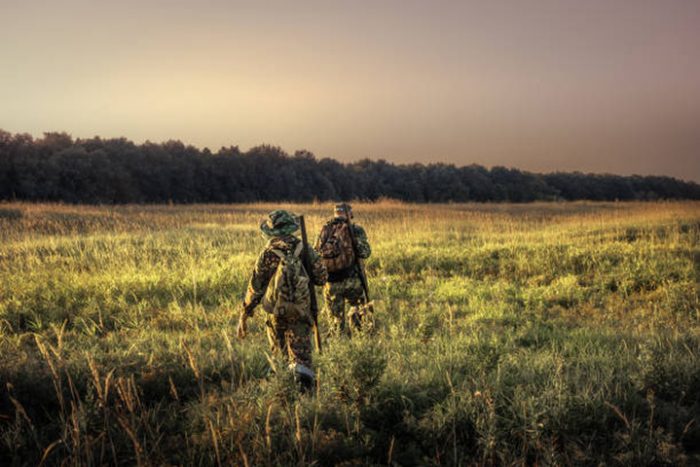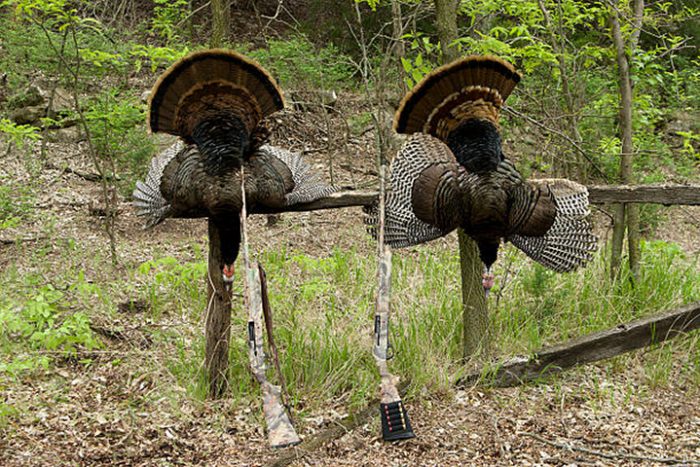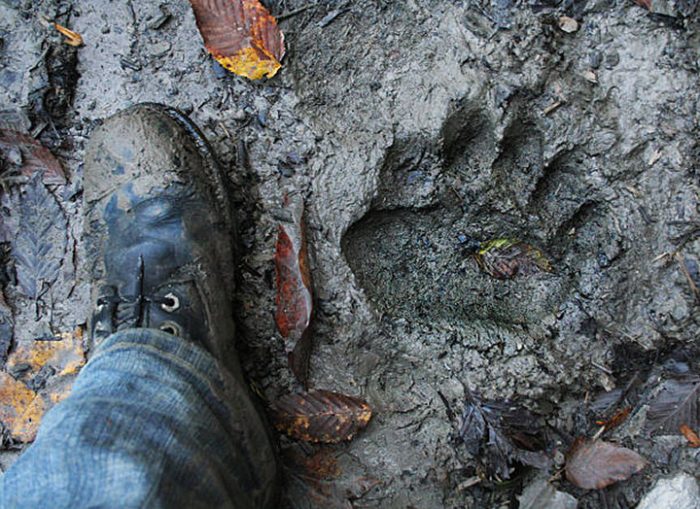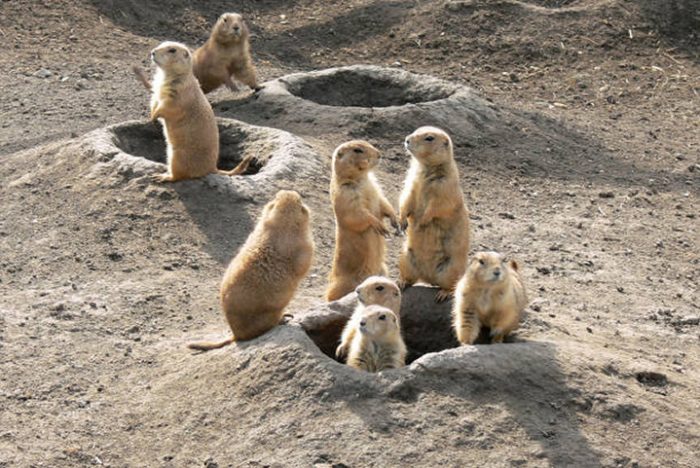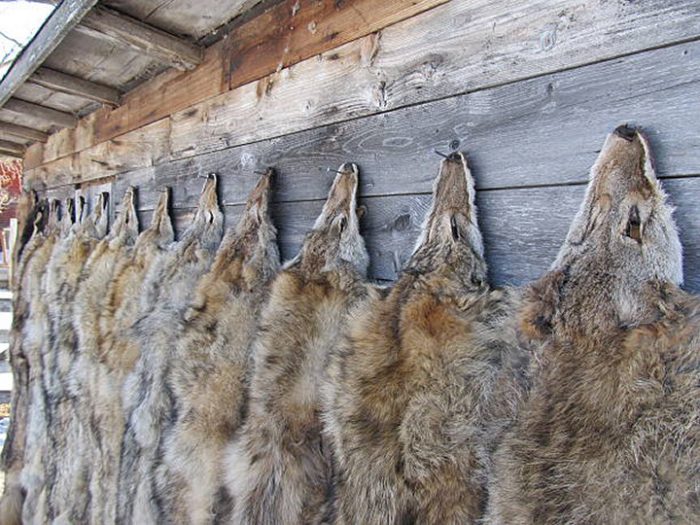5 of the Best Places to Go Hunting in the Spring
Early deer season doesn’t start until late August at the earliest, with most hunters having to wait until September or October. While waiting to return on the field for whitetail, why not go hunting other species during spring? Learn which are the best states and areas for hunting during the spring season, and find out which species you can expect to hunt at these locations.
1. Maine
Spring turkey hunting is one of the most affordable hunts available in the country and, potentially, one of the most rewarding. Hunters often view spring as one of the best times to go turkey hunting because it lies outside the more popular hunting seasons, such as deer. Although turkey inhabits every state of the contiguous United States, Maine is one of the best locations you can visit to place your hunting blinds for turkey shoots, despite being one of the most overlooked.
Maine may not have a long turkey hunting season like Georgia, nor does it have the sheer turkey population of Alabama or the diversity of turkey species found in Kansas. But it has many other advantages that no other state offers, the most significant of which is an unbeatable diversity of terrain and habitats. Maine’s total area is approximately 22.6 million acres; roughly 17.6 million (almost 90%) is considered forested land.
Maine is also among the last states to close their spring turkey season, typically ending in June, making the Pine Tree State an ideal destination for a satisfying turkey hunt before the start of summer. With over 600,000 acres of public land available for hunting but only 232,000 registered hunting license holders in the state, there are many opportunities to hunt in the quiet, without pressure from fellow hunters.
2. Texas
It’s no secret that Texas has long been the destination of choice for hog hunting. With an estimated population of roughly 1.5 million, Texas hogs comprise about 30% of the nationwide hog population — approximately 5 million — and can be found virtually everywhere in the state.
Hogs are well-known for their high reproduction rates and their destructive effects on land, crops, livestock, and even other wild species. The situation is dire enough that hogs are considered the worst invasive species of the Lone Star State.
Due to their destructive and pest-like nature, hog hunting laws in Texas are very loose. The hog hunting licensing requirements for both residents and non-residents are very permissive. Whether you are a Texas resident or a hunter visiting from another state, spring hog hunting is an excellent opportunity to keep your gun and bow skills sharp while waiting for deer season. Even though there are millions of them in Texas, hog hunting still requires excellent shot placement and a steady aim. Not only will you bring delicious pork and bacon to the table, but you can also help Texans combat their ongoing hog problem.
3. Montana
Hunting black bears is one of the more expensive ways to spend your spring, but it is also one of the most exciting hunting challenges available in the United States. Although the best place to find prize-worthy trophies is Alaska, unless you are a resident of that state, merely traveling to Alaska is a substantial additional expense on top of the hunting license and other requirements.
If you’re looking for the best state for black bears in the Lower 48, look no further than Montana. Not only does the Treasure State’s geography possess the habitats required to sustain bear populations, but it also is one of the few states in the country offering both spring and fall hunting seasons for this iconic big game animal. Montana’s black bear spring season usually starts in April and ends in late May, although it is only open to gun hunters. Bowhunters have to wait until September.
Black bear hunting is not for the faint of heart. Although bear lack good eyesight, they possess an excellent sense of hearing and smell, sharper than a whitetail. Make sure that you have a suitable rifle; unless you rely exclusively on a light small-bore such as a .243 Winchester or a 6mm Remington, your existing deer rifle should be enough.
4. Wyoming
Wyoming has historically been one of the states with the largest populations of white-tailed and black-tailed prairie dogs. You do not need a license to hunt prairie dogs, and they are among the most challenging varmint species you can hunt today. Prairie dogs can be found virtually everywhere in the state, from public land to private land. Don’t forget that hunting on private land requires permission, even if most landowners will likely welcome your request. Like hogs, prairie dogs are a troublesome pest known for destroying crops and damaging soil with their burrows.
The equipment required to take successful, humane shots on a prairie dog does not need to be expensive — it’s possible to get it done with a .22 Long Rifle. However, you should prioritize using the most accurate rifle possible in a more potent centerfire varmint caliber, such as .204 Ruger, .22-250 Remington, or .223 Remington. Bring plenty of ammunition; prairie dog shoots often require shooting hundreds of rounds! Consider bringing multiple rifles to avoid overheating and wearing your barrels out.
5. Nevada
Although coyotes have expanded virtually everywhere in North America, the largest concentrations can be found in their historical home regions. One such area is Nevada. The vast semi-arid expanses of the Silver State are home to an estimated 250,000 to 750,000 individuals.
Typically, coyotes are targets of opportunity occasionally bagged during other hunts. Still, if you’re looking for a unique test of your hunting skills, coyotes are resourceful and cunning animals, offering challenges unlike any other.
Central Nevada is home to countless ranches and farms, where coyotes frequently prey on local livestock. Getting in contact with the local landowners and offering your assistance in dealing with the predators is your best bet. They are also easier to hunt during spring, as they are more aggressive and inclined to defend their territory.
Stay Sharp in the Deer Offseason and Hone Your Skills this Spring
There are countless opportunities to hunt outside of deer season if you know where to look. Whether you are hunting varmints and pests in the South or testing your skills with a trophy bear in the country’s mountainous regions, there is always an opportunity for the springtime hunter.
If you are traveling out of state to seek a hunting opportunity, don’t forget to check all local laws, regulations, and non-resident licensing rules. Each state has its own laws and definitions, so don’t hesitate to research them as much as possible before planning a trip.

